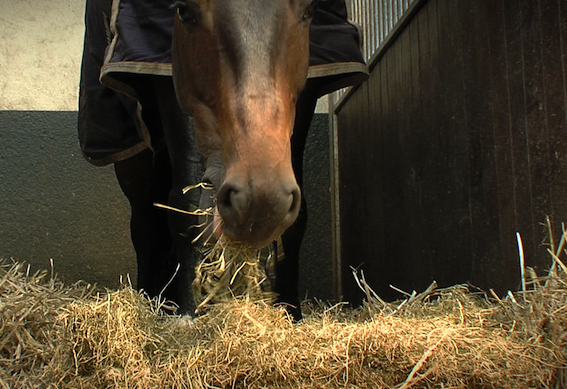
Effect of housing on 24-hour gastric pH
Various risk factors for equine ulceration have been described, such as training, feeding routines, stable confinement, gender, temperament and transport. Housing has also been suggested as a risk factor for ulcer development in the equine stomach. Therefore, the aim of this study was to investigate the effect of three different housing situations on the gastric pH in the proximal and ventral stomach.
For the study a total of six horses, all permanently implanted with gastric cannulae, were included in the study. Each horse was examined in three environmental situations for 24 hours, namely; grass paddock, stall alone or stall alongside a companion. The intragastric pH in both the proximal and ventral stomach were measured continuously for 72 hours. Horses remained on their normal diet throughout the experiment.
Results of the study showed no significantly proximal or ventral gastric pH changes between the three different housing situations. A significant decrease in proximal gastric pH was shown in the interval from 01.00-09.00 hours when compared to the 13.00-20.00 hours interval. Proximal gastric pH only showed a difference in the 06.00-07.00 hours interval when compared to the interval 14.00-19.00 hours. Ventral gastric pH was consistently stable throughout the study.
The authors concluded that the housing systems used for this study did not affect acid exposure both within the proximal and ventral stomach. However, this finding does not explain the increased risk of ulcer development and warrants further investigation.
Do you have experience with gastric ulcers?
How do you think this is best treated?
Expert opinion by Debby Gudden
Gastric ulceration in horses are a common problem and can be suffered by horses of all ages and types, particularly if they are fed high-concentrate diets with limited access to forage. Ulcers occur in the horse’s stomach when the digestive acids come in contact with the upper part of the stomach lining. Feral horses will graze for up to sixteen hours a day reducing the acidity by the forage passing through the stomach as well as by bicarbonate in the saliva that is produced as the horse chews. Any period without forage intake leads to increased gastric acidity and increases the risk of gastric ulceration. Training which includes fast work increases the risk of the acid splashing around, resulting in damage of the upper part of the stomach. Therefore, it is important to simulate the natural environment by providing as much fibre as possible, avoiding prolonged periods without forage and using low-starch feeds whenever possible.
> From: Husted et al., Equine Vet. J. 4 (2008) 337-341. All rights reserved to EVJ Ltd.. Click here for the online summary.


